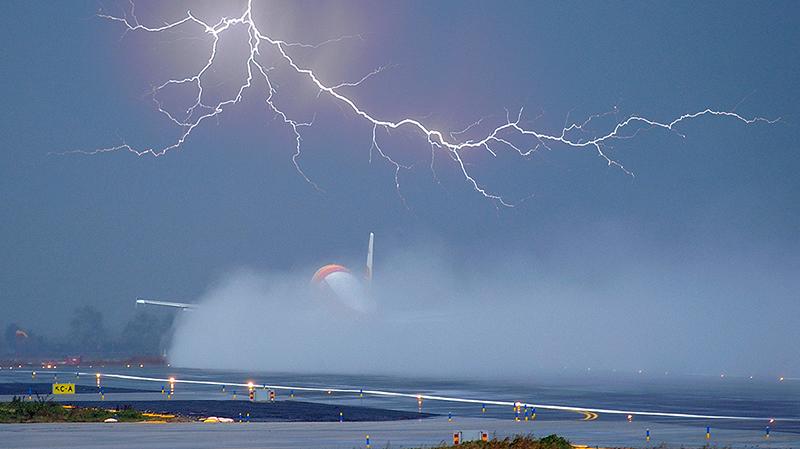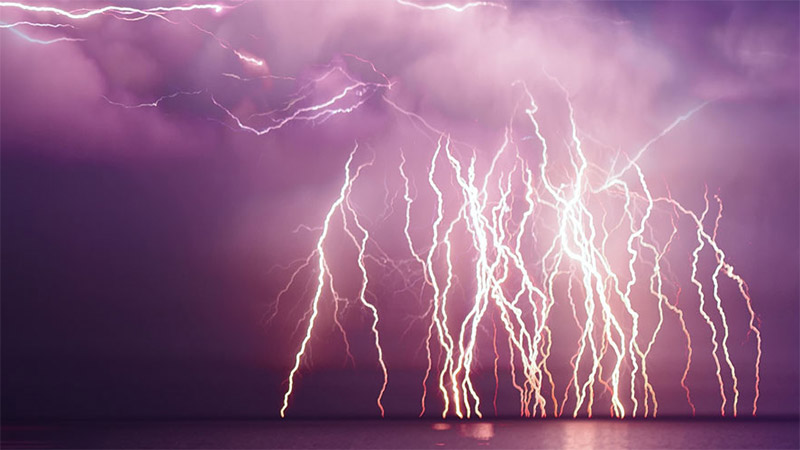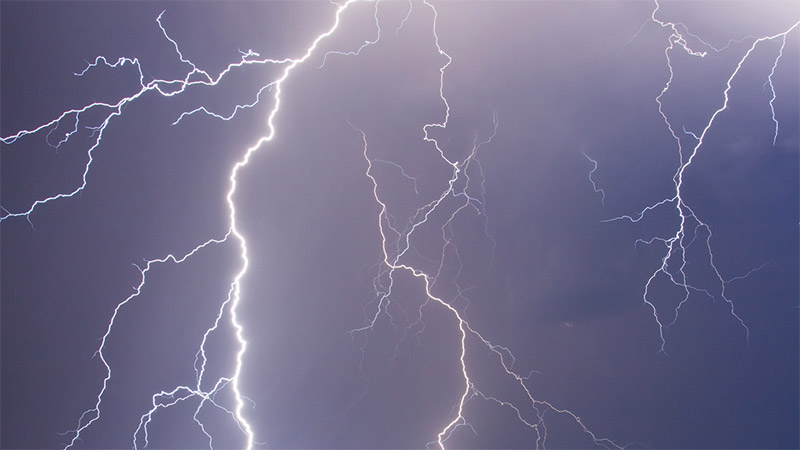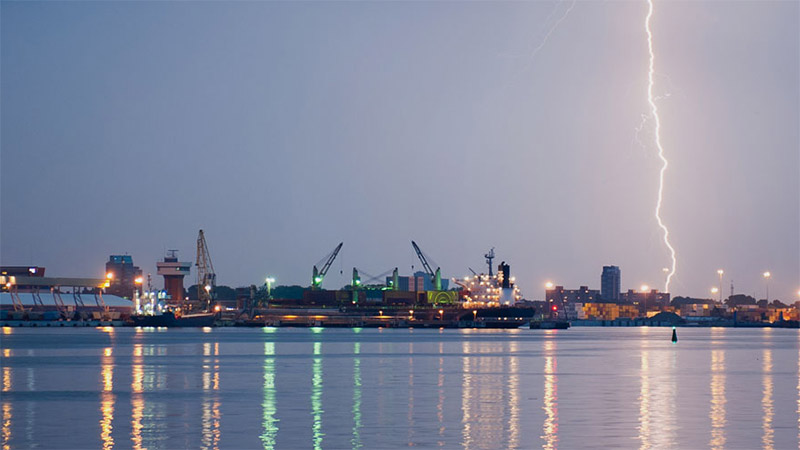Aviation lightning safety
Today, we presented a webinar looking at the lightning risk around airports. With personnel loading and unloading baggage and cargo, fueling aircraft, and preparing for the next arrival or departure, lightning is a potentially significant safety threat on the tarmac. Lightning strikes to the runway can also cause damage and delays. Understanding the lightning risk at your airport is the first step in preparing for how lightning can impact your operations.
In the webinar, we introduced the Airport Lightning Risk Index, where we’ve calculated the index for 75 of the busiest airports in the continental United States. Which airport do you think is higher on the risk index, Miami International Airport (MIA) or Dallas/Fort Worth International Airport (DFW)? Which airport do you think is lower on the risk index, Portland International Airport (PDX) or Sacramento International Airport (SMF)? Watch our webinar on-demand to see where your airport lands in the index and see how a lightning alerting and warning system with Thunderstorm Manager could help you mitigate lightning safety risks and impacts to operations.
Let’s look at how you can calculate the index on your own and how it can be used to help you prepare for lightning.
The Airport Lightning Risk Index is calculated by multiplying the total number of takeoffs and landings at an airport by the total lightning density at the airport. This number is then divided by 1,000 to make it easier to work with. This value can be calculated for any airport around the world. To quickly estimate your Airport Lightning Risk Index, you can use lightning density values found on our interactive lightning map. Whether your calculated value is high (> 10,000), low (< 1,000), or somewhere in between, it is important to take the threat of lightning seriously and have a lightning plan in place.
Any airport lightning safety plan must include a lightning alerting and warning system starting with high quality lightning data, like that provided by Vaisala’s National Lightning Detection Network NLDN and Global Lightning Dataset GLD360. High quality lightning data enables you to operate with increased safety and efficiency. How do you plan to take lightning seriously?





Add new comment